Weeks 1-2: My Introduction to the Digital Humanities
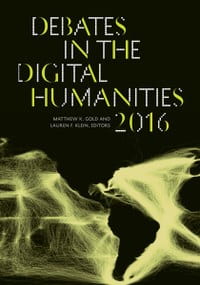
This was the first week of exploration. Having no prior experience having done or analyzed digital humanities projects, I used this week to learn about the history of digital humanities, its definition and its applications to many forms of research. Three reading that were essential to my initial understanding of digital humanities are “John Hopkins Guide to Digital Media,” “Debates in the Digital Humanities,” and a blog post by Trevor Owens detailing how to shape a project around your goals and the question you want to answer.
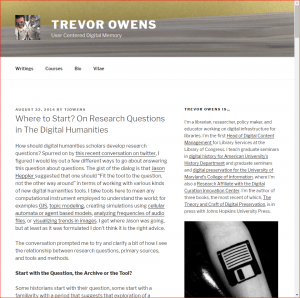
In addition to the initial readings, I also began completing self-guided exercises that helped me evaluate the strengths and weaknesses of digital humanities tools by analyzing their content, purpose, intended audiences, functionality, organization, site navigation, and design aesthetics, and the ways they extend scholarship in their respective areas. Outlining these features of projects allowed me to gain a grasp of the many ways I could apply these different digital humanities tools to projects.
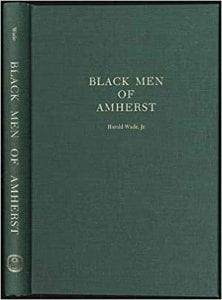
In these first weeks, I also wanted to familiarize myself with some of the materials in the Amherst Archives and Special Collection and get a sense of the kinds of projects I could do with them. My interests lied primarily in computer science, neuroscience and the history of black students at Amherst College. With a wide variance in my interests, my primary objective, which I failed to achieve, revolved around finding any common ground in archival materials that I could build a project from. To accomplish this, I focused most of my time in the archives reading past student theses on neural networks and computer learning as well as on the books “Black Men of Amherst” by Harold Wade 68’ and “Black Women of Amherst” by Mavis Campbell.
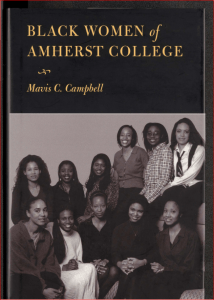
Weeks 3-5: Working With Tools and Ideas
With the beginning of week 3 came the feeling that I should finally not only begin learning how to use tools that I’ve assessed, but also applying them to some of the rough project ideas I had. Although all the past summer Digital Program Fellows had used WordPress sites to create their final projects, I wanted to explore Scalar and learn about the benefits it could offer some of the projects I had in mind. I decided to create 2 fake research projects websites to flesh out some Scalar’s layouts and features. The tool had a relatively low learning curve and straight forward user interface, but it did not have the flexability variety in layouts that eventually drew me back to WordPress. I also found that some of the Scalar’s most visually alluring features did not work as advertised.
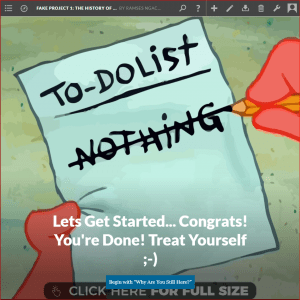
During these weeks, in addition to the continuous reading, tool exploration and considering ideas, I found it very useful to discuss my ideas in one on one sessions with some of the research librarians. Throughout this summer, the vast majority of idea formation and rationalization progress was made through discussions with librarians and the Digital Programs team. In speaking with one of the research librarians I was able to learn some very useful methods of searching through databases that use metadata to describe their materials. I was also able to find a book that seemed to pertain to my interests in this area and also included some tangential focus on issues of race (which also interested me).

As the program neared its half way point and week 3 turned into week 4, I began to feel the weight of the passage of time. During this week I focused on narrowing down my ideas and analyzing what I wanted the final product of each research project to be. Since I only had less than 4 weeks to complete a project, after detailing each idea, I focused on the feasibility of gathering all the data I would need and completing the project I had.
After thoroughly thinking through my ideas and roughly outlining them to the best of my ability, I met up with another research librarian to one again discuss the 4 ideas I’d created. This meeting significantly helped by allowing me to and narrow my 4 ideas to 2 and encouraging me to begin work on both of my remaining ideas. Doing this, first, allowed me to finally find out if the archives had the materials necessary to complete my projects and, second, to further develop the scopes and more nuanced aspect of both ideas.
The final two ideas I chose to develop were a text analysis project on the books “Black Men of Amherst” and ‘Black Women of Amherst”, and a network visualization of co-sponsored events in student groups.
Continue to The Process Part 2: Creation
Back to The Visualization and Terminology Explained